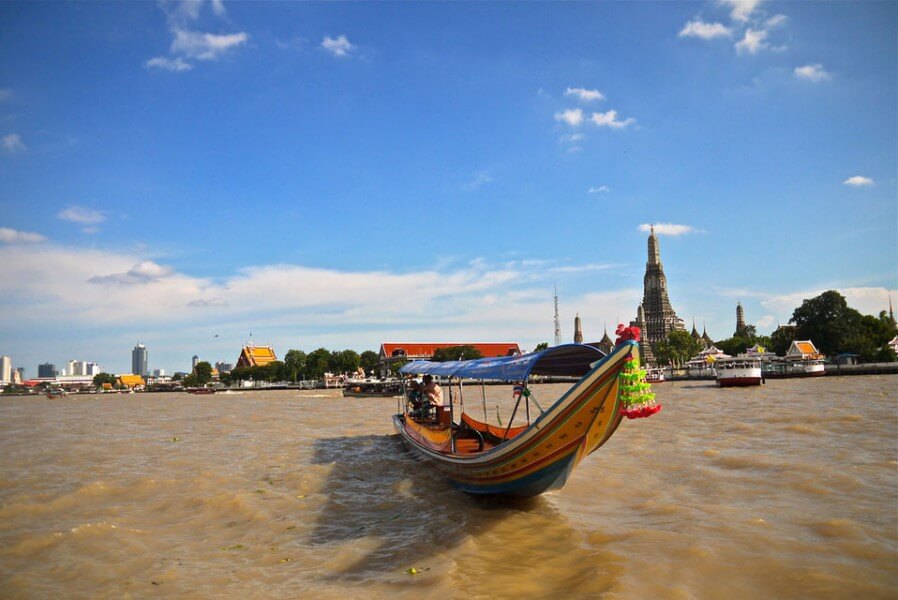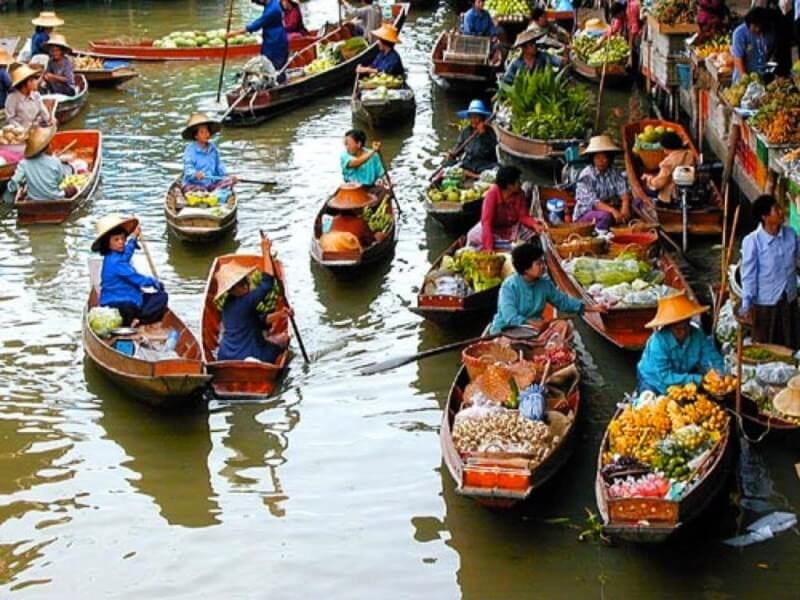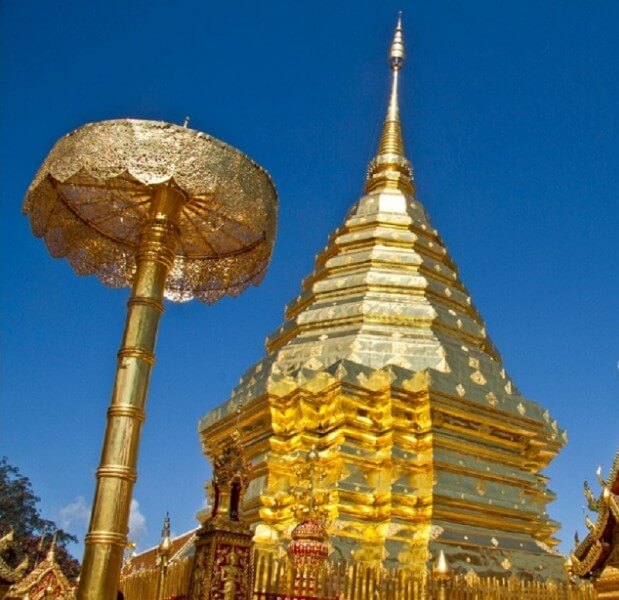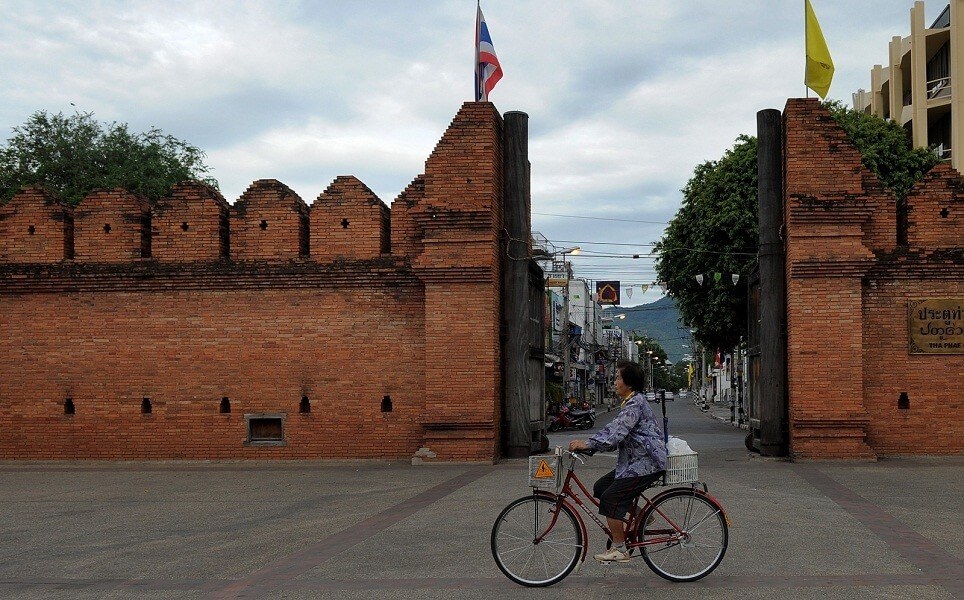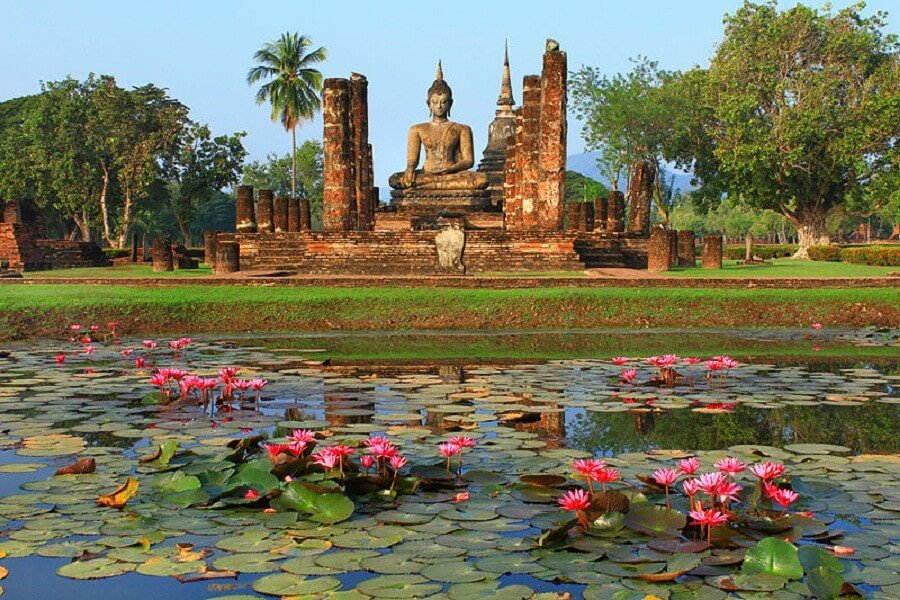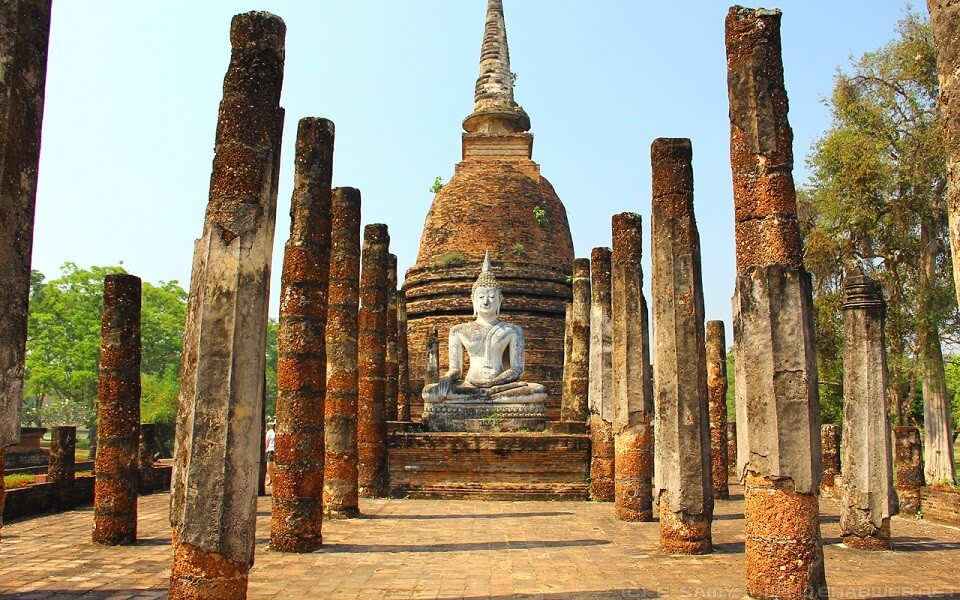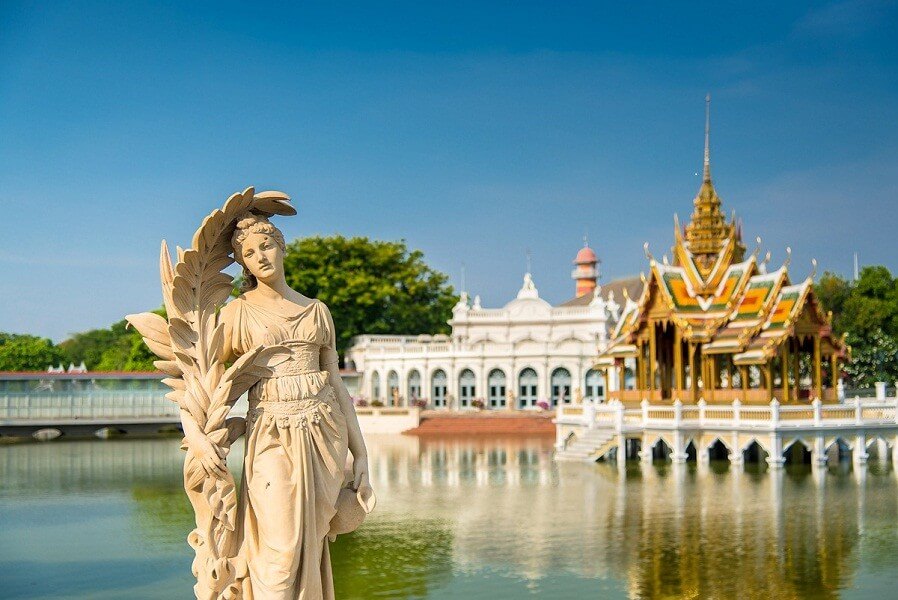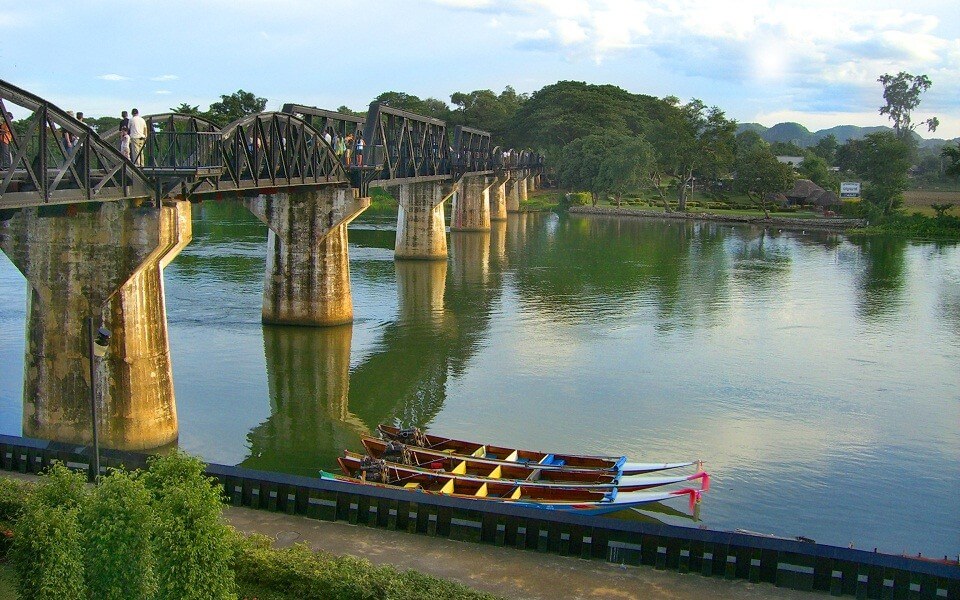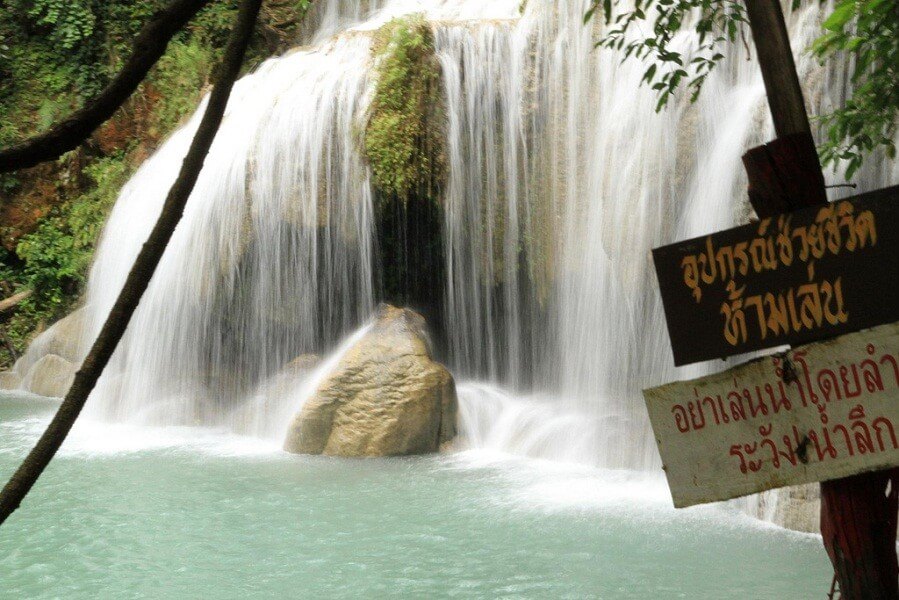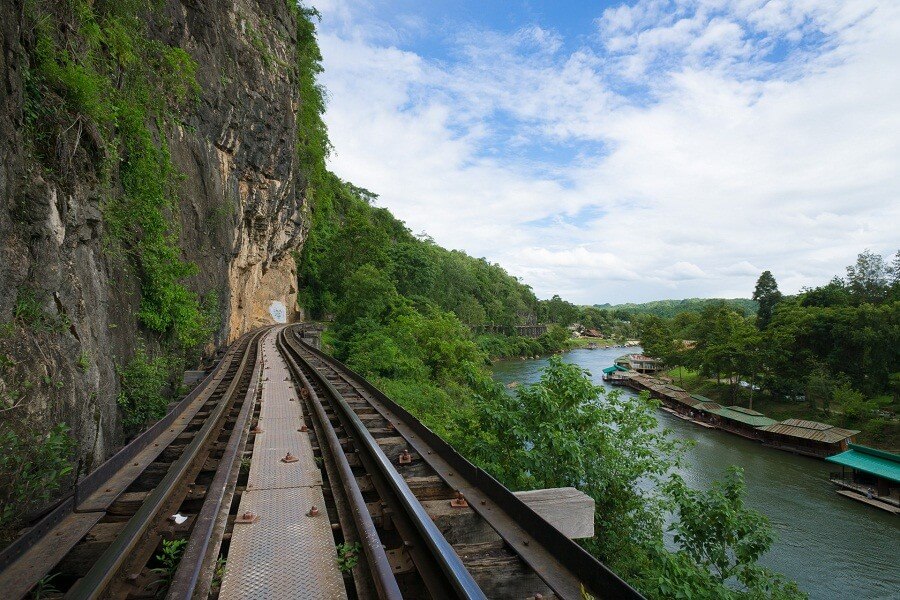Breakfast at hotel
Departure for Ayutthaya via Lopburi and visit Phrang Sam Yod. Phra Prang Sam Yot is Lop Buri’s best known landmark and provincial symbol. A former Hindu shrine built in the 13th century in the classic Bayon style of Khmer architecture, the compound comprises three Prangs (towers)
linked by corridors. The three laterite and sandstone spires, each decorated with classic stucco, are believed to have originally represented the Hindu Trimurti; Brahma (the Creator), Vishnu (the Preserver) and Shiva (the Destroyer).
During the reign of King Narai, the shrine was converted into a Buddhist temple and a brick hall was built in the east to house a grand U Thong-style Buddha image. Buddha images were later added to the two Prangs. The temple is located on a mound on the west side of the railway, near San PhraKan, another shrine. Upon arrival in Ayutthaya Visit Wat Phra Si Sanphet and Bang Pa-In Summer Palace Wat Phra Si Sanphet "Temple of the Holy, Splendid Omniscient") was the holiest temple on the site of the old Royal Palace in Thailand's ancient capital of Ayutthaya until the city was completely destroyed by the Burmese in 1767.[1] It was the grandest[peacock term] and most beautiful temple in the capital and it ser ved as a
model for Wat Phra Kaeo in Bangkok. Bang Pa-In Royal Palace also known as the Summer Palace, is a palace complex formerly used by the Thai
kings. It lays beside the Chao Phraya River in Bang Pa-In district, Ayutthaya Province. King Prasat Thong constructed the original complex in 1632, but it fell into disuse and became overgrown in the late 18th and early 19th centuries, until King Mongkut began to restore the site in the mid-19th century. Most of the present buildings were constructed between 1872 and 1889 by King Chulalongkorn. Amidst vast gardens and landscaping stand the following buildings: Wehart Chamrunt (Heavenly Light), a Chinese-style royal palace and throne room; the Warophat Phiman (Excellent and Shining Heavenly Abode), a royal residence; Ho Withun Thasana (Sages' Lookout), a brightly painted lookout tower; and the Aisawan
Thiphya-Art (Divine Seat of Personal Freedom), a pavilion constructed in the middle of a pond. The palace remains largely open to visitors, as King Bhumibol Adulyadej and his family use it only rarely for banquets and special occasions.
Read more
Ayutthaya, 1 night

